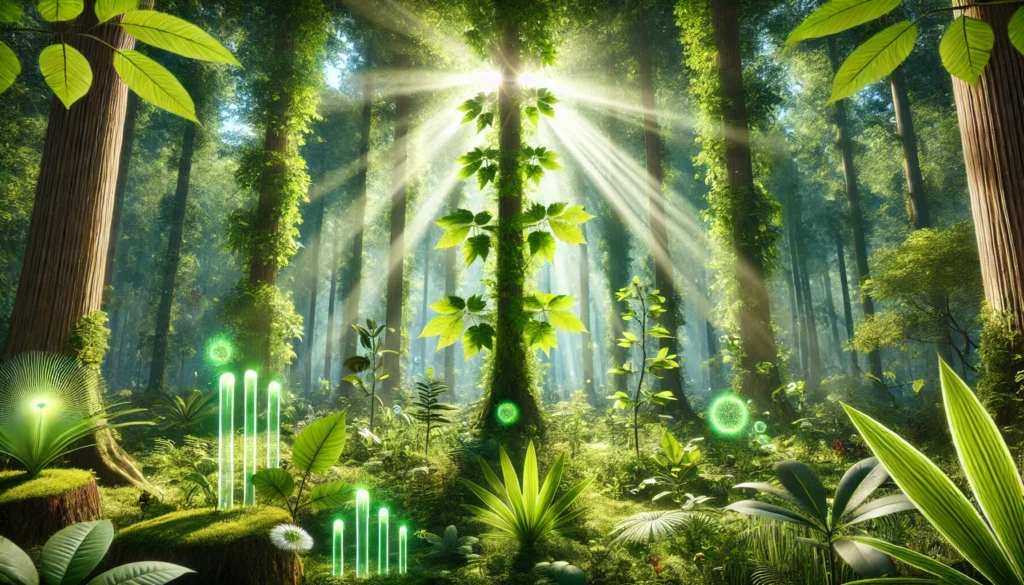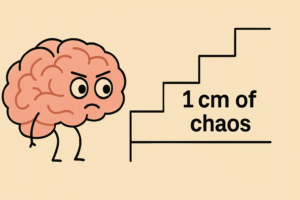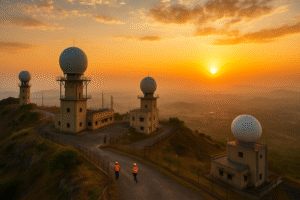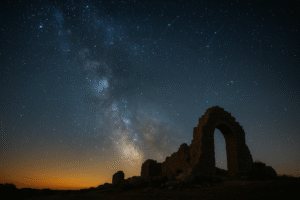Ever wondered how a simple leaf can capture sunlight and turn it into energy that powers the entire plant? It’s like magic, but it’s not—it’s science! The process is called photosynthesis, and it’s one of the most important chemical reactions on Earth. From the food we eat to the oxygen we breathe, photosynthesis plays a crucial role in keeping life on Earth alive and well. Let’s dive into the fascinating chemistry behind how plants make food out of sunlight, water, and carbon dioxide.
Introduction: Photosynthesis—The Secret of Plant Life
Photosynthesis in plants is a natural process that seems almost miraculous. At its core, it’s a chemical reaction that transforms light energy into chemical energy stored in glucose (a type of sugar). This glucose then serves as food for the plant, fueling its growth and development. But photosynthesis doesn’t stop at plants; it indirectly powers almost all life forms on Earth. Animals (including us humans!) rely on plants for food, and the oxygen plants release during photosynthesis is essential for life.
Imagine this: without photosynthesis, the Earth would be a barren rock with no food, no breathable air, and no ecosystems. In this blog, we’ll explore the chemistry of this vital process—what happens in the leaves of plants when they turn sunlight into life-sustaining energy.
The Core Chemistry of Photosynthesis
The photosynthesis process can be broken down into two main stages: the light-dependent reactions and the light-independent reactions (also known as the Calvin Cycle). Each stage plays a critical role in the plant’s ability to synthesize glucose from sunlight.
Light-Dependent Reactions: Capturing Sunlight
The light-dependent reactions occur in the chloroplasts, specifically within a structure called the thylakoid membrane. Chloroplasts contain chlorophyll, the green pigment that absorbs sunlight. When sunlight hits the chlorophyll molecules, it excites electrons to a higher energy state. The excited electrons travel through a sequence of proteins referred to as the electron transport chain (ETC).

As the electrons travel through the ETC, they create an energy gradient used to pump protons across the thylakoid membrane. This energy is stored in a molecule called adenosine triphosphate (ATP)—the “energy currency” of the cell. Meanwhile, water molecules are split into oxygen, protons, and electrons. This splitting releases oxygen, which is released into the atmosphere as a byproduct.
In summary:
- Sunlight excites electrons in chlorophyll.
- As the electrons flow through the electron transport chain, they produce ATP.
- Water is split, releasing oxygen.
This is the part of photosynthesis that gives us the oxygen we breathe!
The Calvin Cycle: Making Glucose
Now that we’ve captured energy from the sun and generated ATP, it’s time for the second phase: the Calvin Cycle. This stage doesn’t require light, so it’s often referred to as the “dark reaction.” However, don’t let the name fool you—it can happen during the day!
The Calvin Cycle takes place in the stroma (the fluid surrounding the thylakoid membranes) and uses the energy from ATP (produced in the light-dependent reactions) to convert carbon dioxide (CO₂) into glucose. The key enzyme involved in this process is RuBisCO (Ribulose-1,5-bisphosphate carboxylase/oxygenase), which helps fix carbon dioxide into a 5-carbon molecule, starting the process of sugar formation.
The Calvin Cycle consists of three main phases:
Carbon Fixation: CO₂ is combined with a 5-carbon sugar called ribulose bisphosphate (RuBP), thanks to RuBisCO.
Reduction: The 6-carbon compound is split into two molecules of 3-phosphoglycerate (3-PGA), which are then converted into glyceraldehyde-3-phosphate (G3P) using ATP and another energy molecule called NADPH.
Regeneration: Some of the G3P molecules are used to regenerate RuBP, allowing the cycle to continue, while others are used to form glucose.
The overall reaction for photosynthesis looks like this:
6CO2+6H2O+light energy→C6H12O6+6O26CO₂ + 6H₂O + light \ energy → C₆H₁₂O₆ + 6O₂6CO2+6H2O+light energy→C6H12O6+6O2
In simpler terms: Carbon dioxide + Water + Sunlight → Glucose + Oxygen.
https://www.youtube.com/watch?v=xEF8shaU_34&pp=ygUxQ2hlbWlzdHJ5IG9mIFBob3Rvc3ludGhlc2lzIEhvdyBQbGFudHMgUG93ZXIgTGlmZQ%3D%3D
Real-Life Applications of Photosynthesis Chemistry
Photosynthesis is not just a topic you study in school; it has real-world applications that impact our daily lives. From agriculture to combating climate change, understanding photosynthesis helps scientists innovate ways to grow food sustainably and reduce carbon footprints. For example, vertical farming techniques maximize the sunlight plants receive by controlling light exposure in indoor environments. This mimics the natural photosynthesis process to grow crops more efficiently in urban areas.
Another fascinating example is algae biofuel production. Algae, like plants, undergo photosynthesis, and certain types of algae can be harvested to produce biofuels. This renewable energy source could someday help reduce our reliance on fossil fuels.
Conclusion: Why Photosynthesis is Key to Our Future
Photosynthesis may seem like a simple process, but its impact on life and the environment is profound. From fueling the plants that feed us to producing the oxygen we breathe, this chemical reaction is central to life on Earth. As we look toward the future—whether it’s addressing food security, sustainable energy, or climate change—photosynthesis offers clues on how nature has perfected the art of energy conversion. By studying and harnessing this process, we can unlock solutions to some of humanity’s biggest challenges.
So next time you step outside and feel the sun on your skin, think of the plants quietly turning sunlight into energy, keeping life on Earth thriving.
Author’s Note
Photosynthesis is not just a subject for biology textbooks—it’s an ongoing miracle happening all around us. If you ever find yourself marvelling at nature, remember the hidden chemistry that powers our world. Understanding this process brings us closer to nature and reminds us of our responsibility to protect it.
G.C., Ecosociosphere contributor.
References and Further Reading
- National Geographic: The Photosynthesis Process
- Photosynthesis in Higher Plants Class 11. https://extraminds.com/class-11th-biology-photosynthesis-in-higher-plants/
- Glyphosate: a Toxin Round Up That Steals Energy | Elektra Magnesium. https://www.elektramagnesium.com.au/glyphosate-toxin-steals-energy/
- Cellular respiration – Labster. https://theory.labster.com/cellular-respiration/
- Life: The Science of Biology – Photosynthesis: Energy from Sunlight – | GradeSaver. https://www.gradesaver.com/textbooks/science/biology/life-the-science-of-biology-11th-edition/chapter-10-photosynthesis-energy-from-sunlight-10-3-chemical-energy-trapped-in-photosynthesis-is-used-to-synthesize-carbohydrates-10-3-recap-learning-outcomes-page-205/3
- 4.3 Photosynthesis: Definition, Site, Pigments, Phases, Photophosphorylation, Photorespiration, Factors for UPSC. https://www.iasexpress.net/modules/4-3-photosynthesis/





Comments
Its like you read my mind You appear to know so much about this like you wrote the book in it or something I think that you can do with a few pics to drive the message home a little bit but instead of that this is excellent blog A fantastic read Ill certainly be back